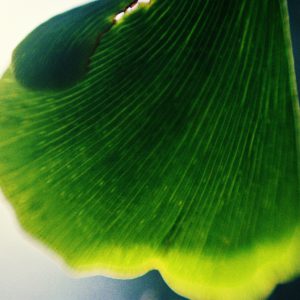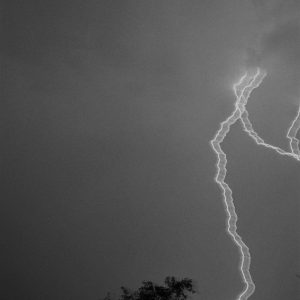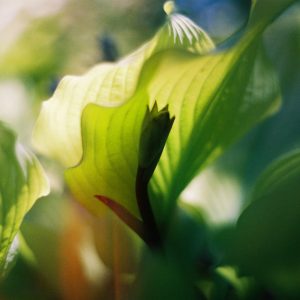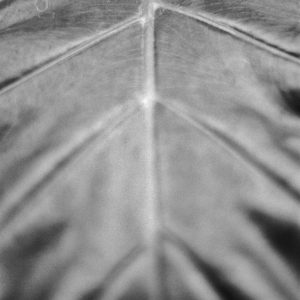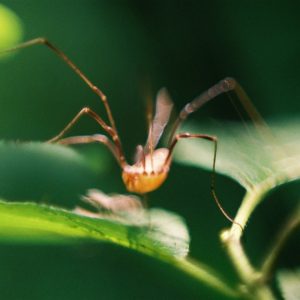“The WUI?”, you ask, “what in the world is that!?”.
It’s the Wildland-Urban Interface, the transition zone between unoccupied land and urban development, an environment unlike any other. Here in northern California, not too far outside Sacramento, the WUI occurs between fire-loving chaparral habitat and multi-million dollar homes. Even after a month here, life along the WUI is full of surprises.
The other day I participated in the monthly Seeds of Success conference call while working in the field. Mid-call I was interrupted by a neighboring landowner wanting to know whether I was there to clear away brush and create fuel breaks to protect his property from wildfire. Although disappointed to hear I was in the area only to collect seeds, he told me of the challenges he faces living alongside native chaparral. He experiences the reality of living next to not only a fire-prone plant community but also the wildlife it supports. In the past month he’s lost two of his beloved emus to the WUI—one to a bobcat and another to a mountain lion.
The adventures continue inside our suburban office. Last week I was roused from my GIS work by an animated colleague’s exclamations. The “Snake Wrangler” had arrived in the El Dorado Hills Business Park. Just across the street from our office they’d discovered several rattlesnake dens. Office workers gathered to watch the “Snake Wrangler” capture an angry 3 ½ foot rattler. One down, many more to go. With an average of 80-100 snakes caught each week, it should be a snap for our local “Snake Wrangler”. Not to worry though, the snakes aren’t being harmed—just relocated to some nearby Forest Service land with a rodent problem.
Though suburban California initially wasn’t (and admittedly still might not be) my ideal location, living along the WUI proves nearly as exciting as working here. I am minutes from the American River– a mecca for whitewater rafting, cycling, running, and hiking. With Lake Tahoe, Yosemite, San Francisco, and the Pacific Ocean all less than three hours’ drive away it’s easy to feel overwhelmed by everything I want to do! And who can forget the California State Fair happening right now. Anyone up for a maggot burger or deep-fried scorpion?
over and out
Sophia Weinmann, El Dorado Hills, CA

